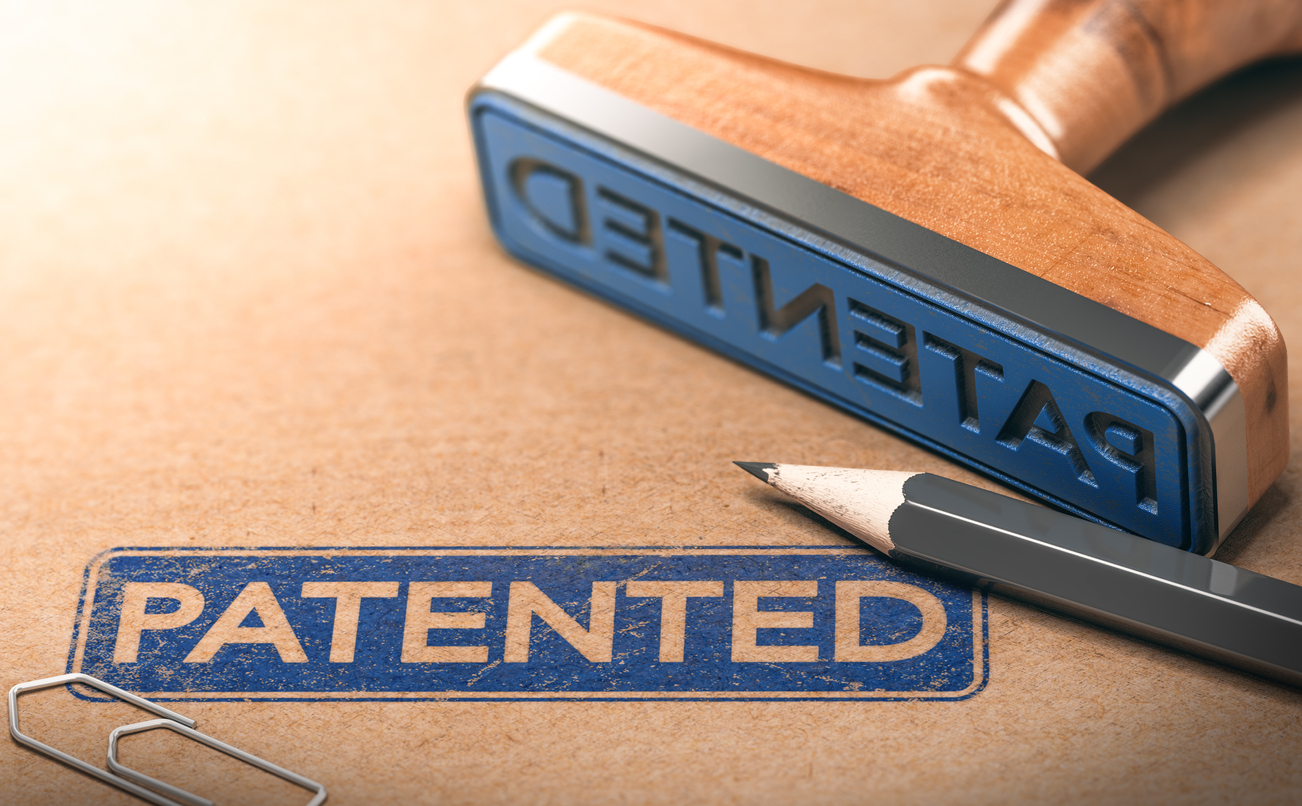Understanding Patent Prosecution
Patent prosecution is the process of securing a patent for an invention from a patent office. The primary goal is to obtain a patent that provides the inventor with exclusive rights to their invention for a specific period, typically 20 years from the filing date.
During patent prosecution, the inventor or their attorney submits a patent application to the relevant patent office. The application then undergoes a thorough examination by a patent examiner who assesses the invention’s novelty, non-obviousness, and usefulness.
Office Actions
The examiner may issue office actions, which are official written responses to the application, highlighting objections, rejections, or requests for further information. Office actions provide an opportunity for the inventor to address the examiner’s concerns and strengthen the application.
Responding to office actions effectively requires an understanding of patent law and the technical expertise to present arguments, amendments, or evidence that overcome the examiner’s objections. Skilled patent attorneys can play a critical role in navigating office actions, crafting persuasive responses, and guiding inventors towards securing the desired patent protection.
Petitions and Appeals
If the inventor disagrees with the examiner’s decision, they can file a petition as part of the patent prosecution process. Petitions are typically filed to seek reconsideration of an office action or to request an extension of time. Common types of petitions include petitions to revive an abandoned application, petitions to correct errors, and petitions to expedite examination.
If an inventor disagrees with a decision made by the patent examiner and wishes to challenge it, they can pursue an appeal. An appeal involves escalating the case to a higher authority, such as a Patent Trial and Appeal Board (PTAB) or a court. It allows for additional opportunities to present arguments and evidence to support the patentability of the invention.
Child Patents
Child patents, also known as continuation or divisional patents, are additional patents that stem from an original, or parent, patent application. They are filed to protect specific aspects, improvements, or variations of the original invention. Child patents offer valuable opportunities to further expand and strengthen the scope of protection for an inventor’s intellectual property.
By filing a child patent, you can secure additional claims that may have been omitted or excluded from the original application, or that have emerged during the patent prosecution process. This strategy allows you to secure exclusive rights over different aspects or embodiments of your invention, enhancing your competitive advantage in the market and protecting against potential infringements.
The decision to file a child patent is often based on the complexity and breadth of the invention. If the original invention has multiple distinct features, filing a child patent can be advantageous in ensuring comprehensive protection. Child patents can also be strategically filed in response to office actions or to address objections raised during the patent prosecution process. By pursuing child patents, inventors can adapt to changes in the market, strengthen their intellectual property portfolio, and establish a solid foundation for commercialization and licensing opportunities.
International Patent Prosecution
International patent prosecution involves the process of seeking patent protection for an invention in multiple countries outside your home country. It allows you to secure exclusive rights to your invention in various jurisdictions, expanding your market reach and safeguarding your intellectual property on a global scale.
International patent prosecution typically involves filing a patent application under the Patent Cooperation Treaty (PCT), which provides a centralized application process for multiple countries. After the PCT filing, inventors have the opportunity to enter the national or regional phases in specific countries where they seek patent protection.
International patent prosecution presents unique challenges and considerations. It involves addressing different patent office requirements, responding to office actions, and adapting to varying examination procedures and patentability standards. In addition, inventors must also consider the costs associated with filing and maintaining patents in multiple countries. Strategic decisions also must be made regarding which countries to pursue patent protection in.
Bold Patents attorneys, who have expertise in international patent law, can guide you through the complexities of international patent prosecution, ensuring compliance with requirements, maximizing the chances of securing your patents, and optimizing the global protection of your inventions.
Bold Patents Can Help You With Your Patent Prosecution
With our in-depth knowledge of patent law, technical expertise, and experience, our team of skilled attorneys at Bold Patents is here to guide you through the complex world of patent prosecution. By entrusting us with your patent prosecution needs, you can benefit from our strategic counsel, persuasive advocacy, and meticulous attention to detail, ensuring that your invention receives the strongest possible protection.
